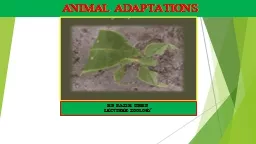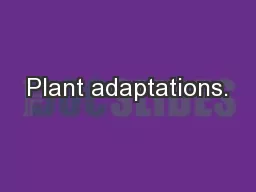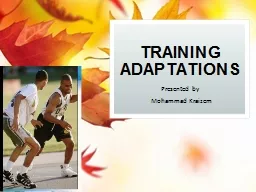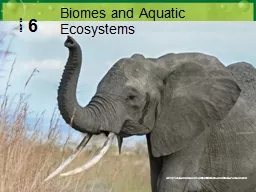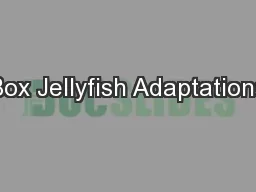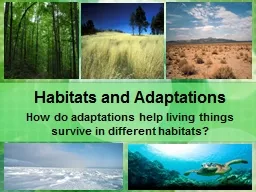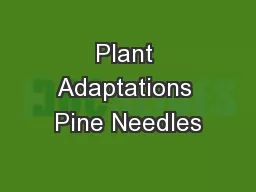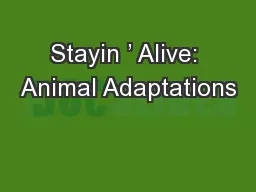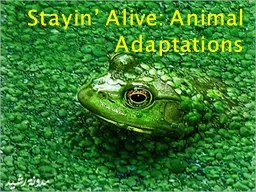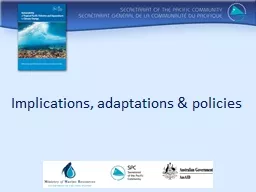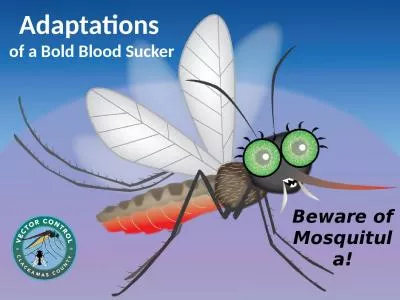PPT-AQUATIC ADAPTATIONS DR.DALIP KUMAR
Author : HappyHippie | Published Date : 2022-08-04
AQUATIC ADATATIONS Primary Aquatic Adaptations Secondary Aquatic Adaptations Primary Aquatic Adaptations Streamlined Body Lateral line for equilibrium Nicitating
Presentation Embed Code
Download Presentation
Download Presentation The PPT/PDF document "AQUATIC ADAPTATIONS DR.DALIP KUMAR" is the property of its rightful owner. Permission is granted to download and print the materials on this website for personal, non-commercial use only, and to display it on your personal computer provided you do not modify the materials and that you retain all copyright notices contained in the materials. By downloading content from our website, you accept the terms of this agreement.
AQUATIC ADAPTATIONS DR.DALIP KUMAR: Transcript
Download Rules Of Document
"AQUATIC ADAPTATIONS DR.DALIP KUMAR"The content belongs to its owner. You may download and print it for personal use, without modification, and keep all copyright notices. By downloading, you agree to these terms.
Related Documents


